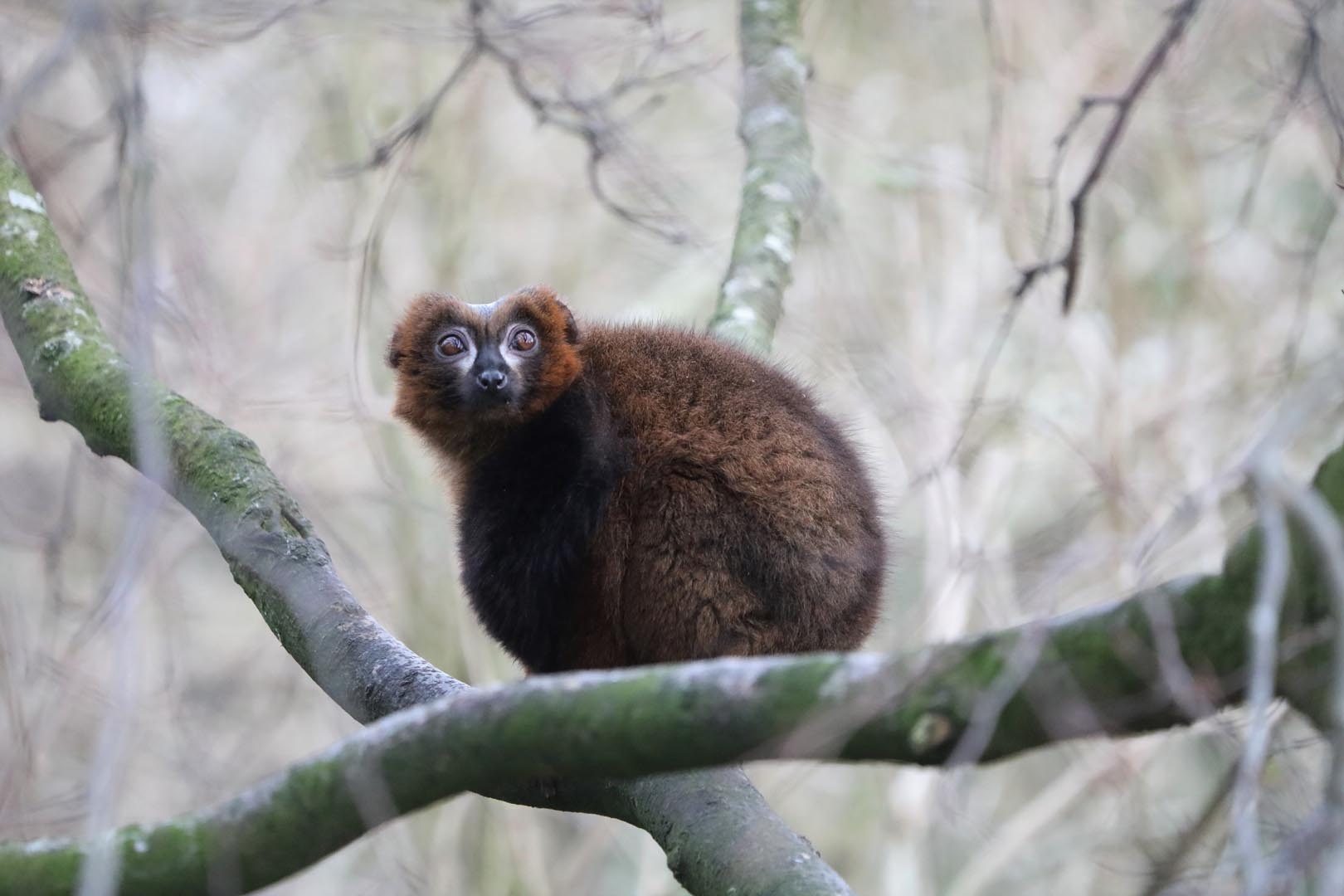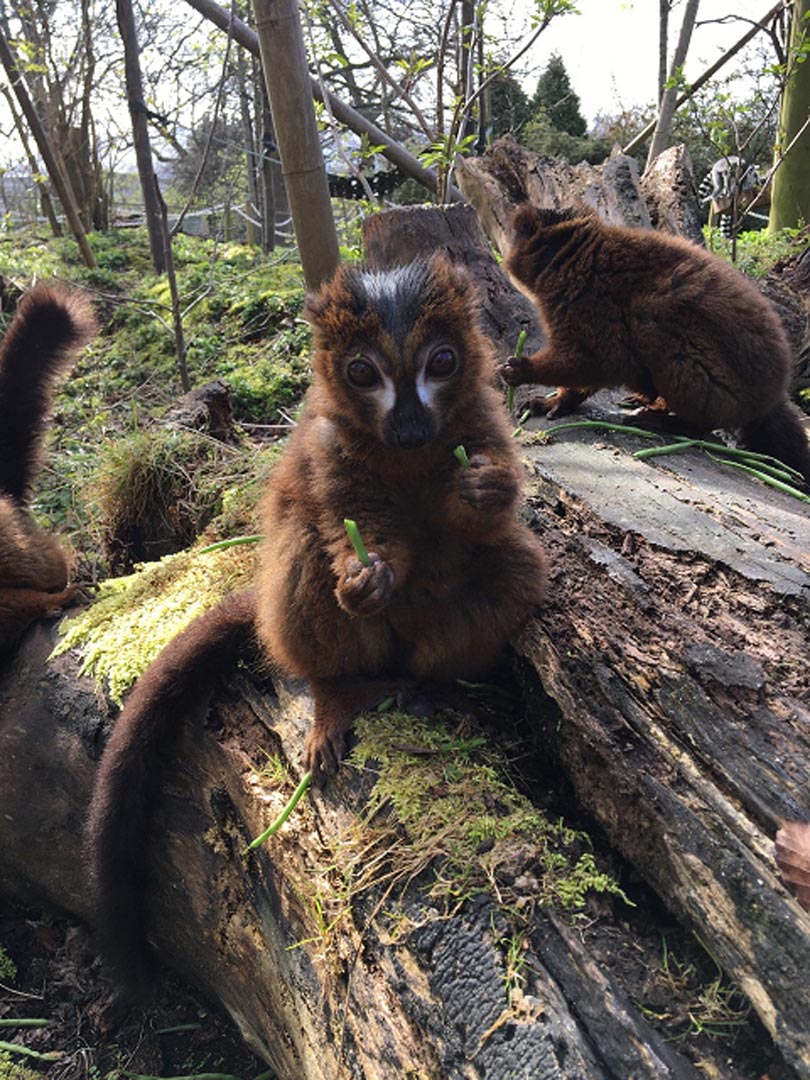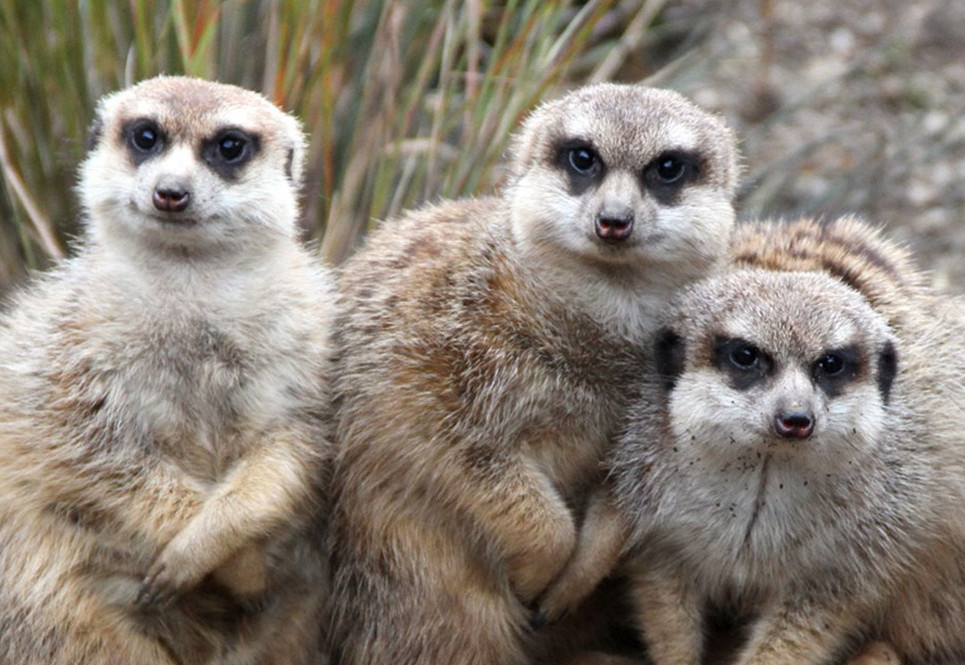Red-bellied lemur
Eulemur rubriventer

Please note: Our red-bellied lemurs are currently off-show while their habitat is refurbished.
We have three male red-bellied lemurs here at Edinburgh Zoo.
Gidro, Mogwai and Bart can be seen in the mixed lemur exhibit with our ring-tailed lemurs.
Population
Decreasing
Diet
Omnivore
Habitat
Rainforest
Fact file
Males and females are easily told apart as only males have a red belly while females have a white one
They use the teeth on the lower jaw like a comb, removing ticks and fleas from each other’s coats
Red-bellied lemurs have a mixed diet of flowers, fruit, insects, leaves and nectar

How we're helping
Like all the animals in our care Gidro, Mogwai and Bart are amazing ambassadors for their relatives in the wild and help hundreds of thousands of people connect with nature every year. They encourage visitors to learn about the threats facing wildlife and the action they can take to help create a world where nature is protected, valued and loved.
As a wildlife conservation charity, we care for the animals here at the zoo and work to protect species at risk around the world. From providing expertise in genetics and veterinary health, to protecting wild places with local conservation partners, and even restoring threatened species to the wild, we are active where we are needed most.
Find out more about RZSS conservation
